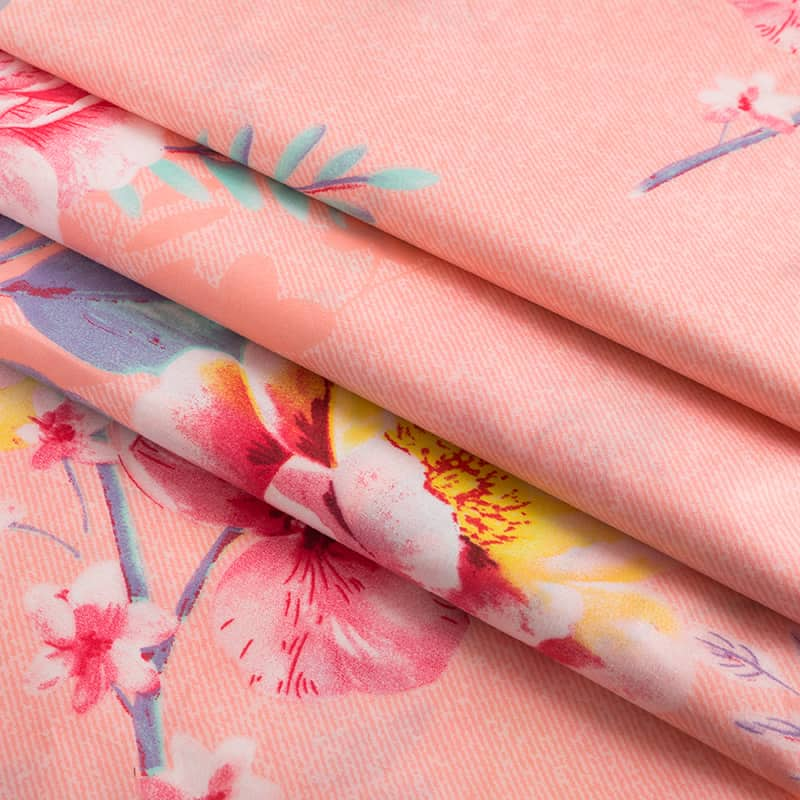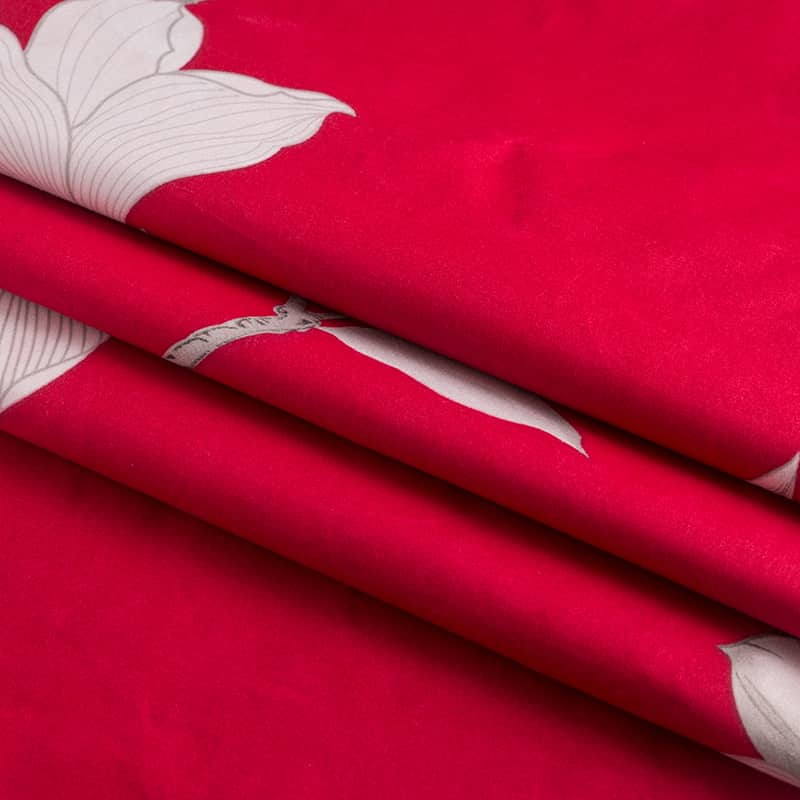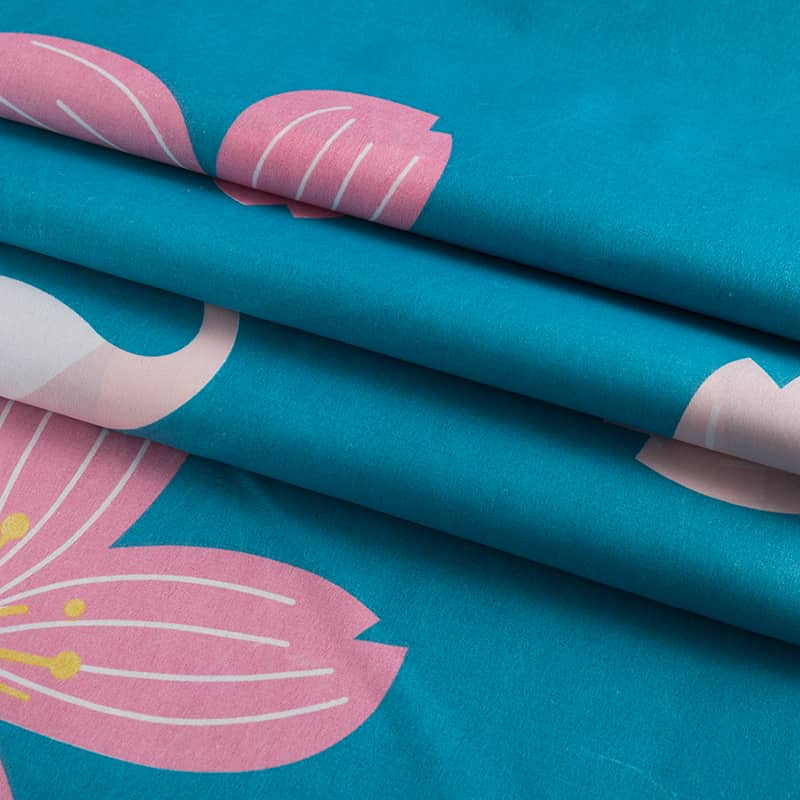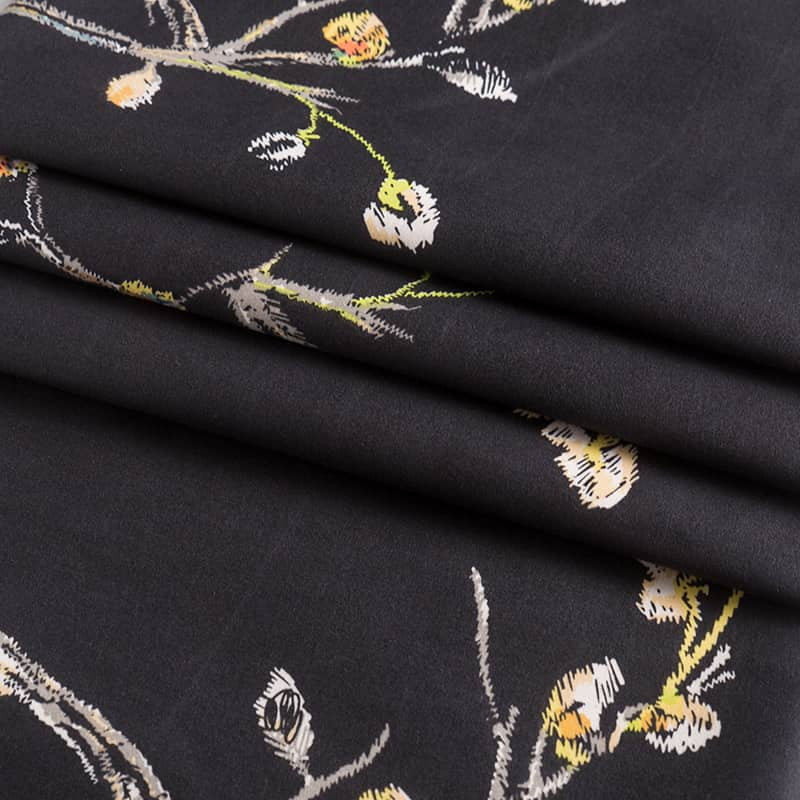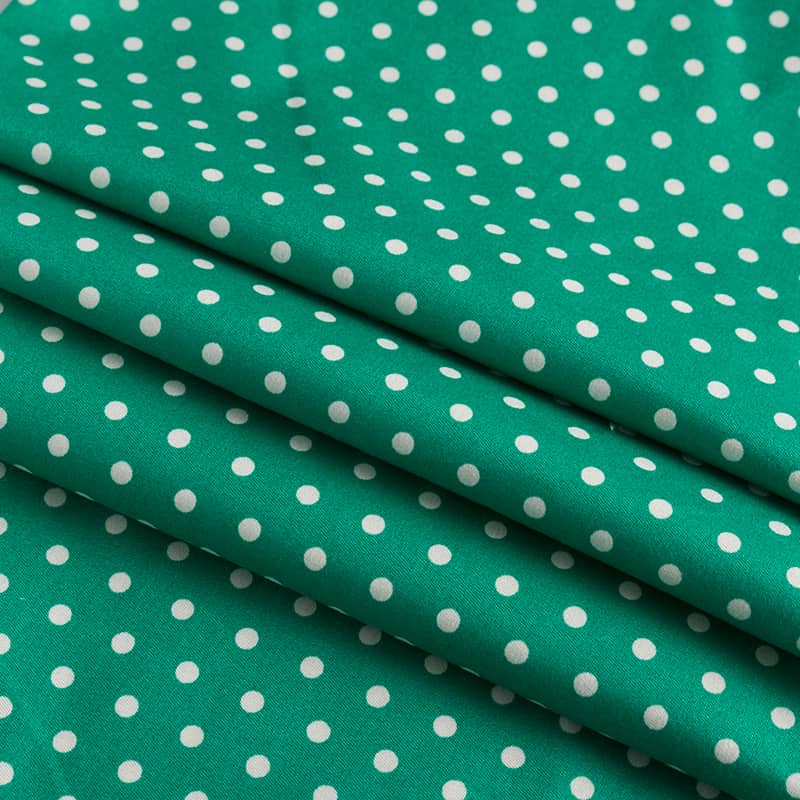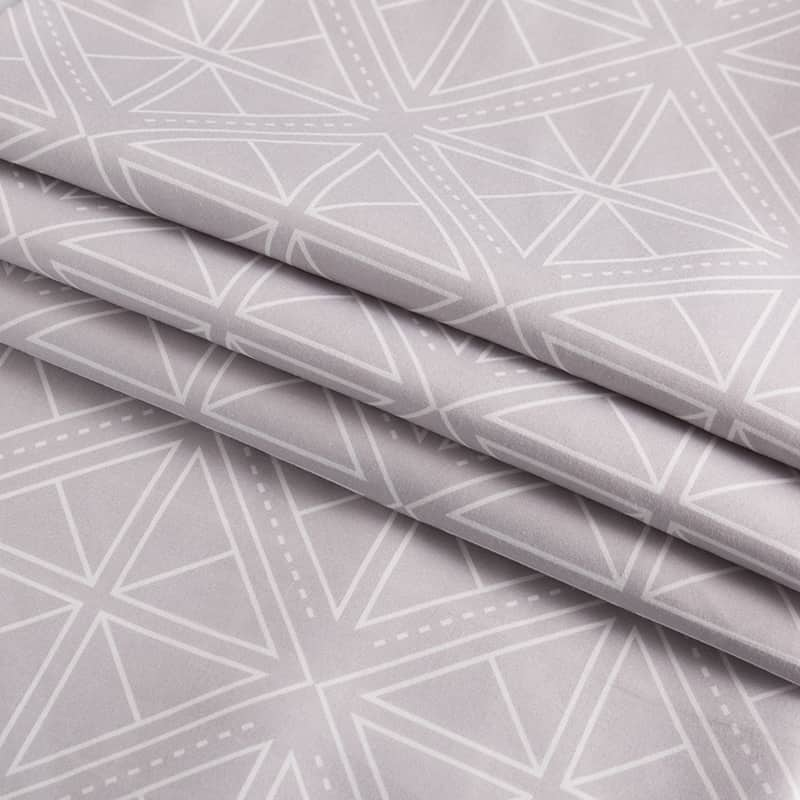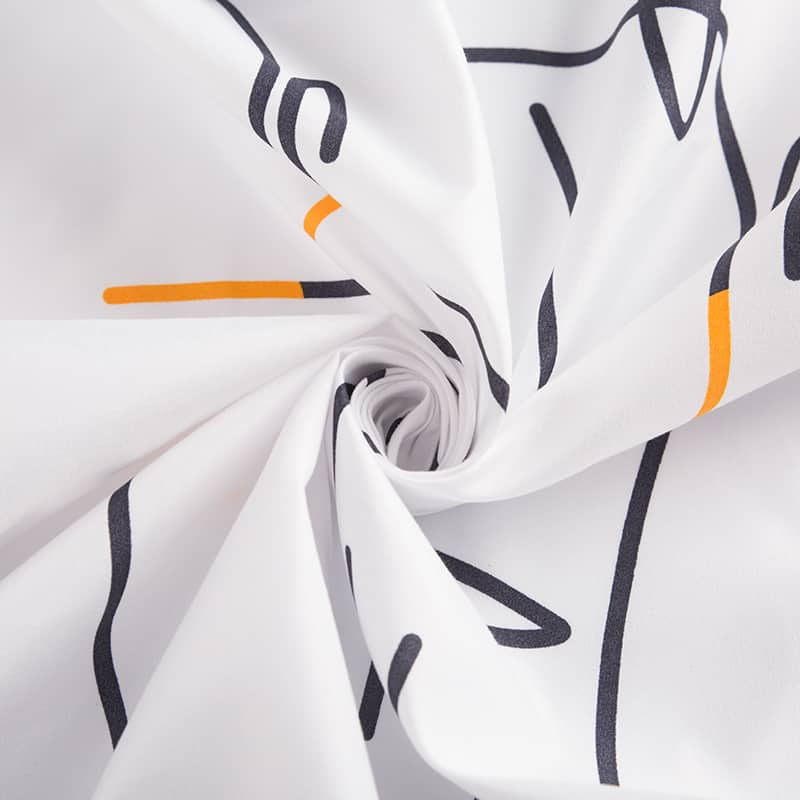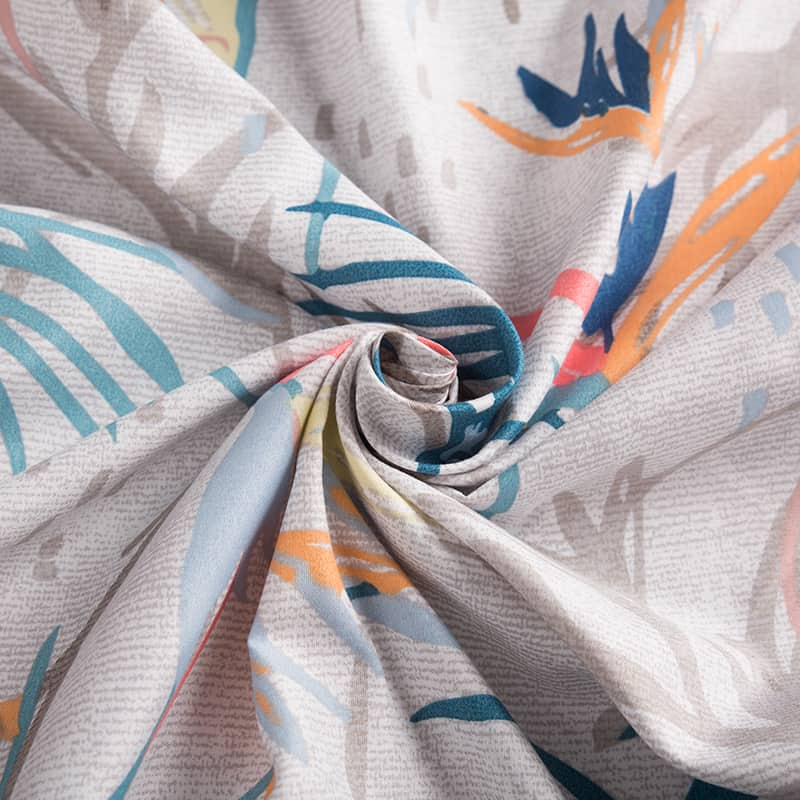Pigment printing is a textile printing technique that produces vivid colors and sharp prints. It is considered the best in textile printing as it is colorfast and doesn’t fade even after many washes. This type of printing can be done on a wide variety of fabrics including cotton, linen, silk and wool. It is also used in embroidery on garments and sarees. However, it is important to choose the right type of fabric for this kind of printing as not all fabrics are suitable for pigment printing.
Textile pigment printing is a method of dyeing which is becoming increasingly popular because it is eco friendly and has excellent wash-fastness properties. The printing process is different from conventional dyeing in that the dyes are dispersed throughout the fibre instead of being concentrated at the surface of the fibers. This is why it is so durable. This also makes it easier to print on delicate materials such as silk.
Digital pigment printing is a very efficient and economical way to produce high quality prints. This is because it eliminates the need for large setups that are usually required for conventional dyeing and screen printing. In addition, it uses fewer chemicals than traditional printing methods, making it more environmentally sustainable.
This digital printing technology has been around for a few years, but it has been greatly improved in recent years. In fact, it is now one of the most popular methods for digital printing in the textile industry. This is because it offers a more color-accurate product and is very cost-effective. In addition, it also requires less water in the post-processing process than other digital printing technologies.
The main advantage of digital pigment printing is that it can be used on a wide range of fabrics. This includes natural fibers such as cotton and linen, as well as synthetic fibers like polyester and nylon. It can even be used on stretchy materials such as spandex. It is the perfect solution for designers who want to create unique prints that are difficult to produce using other printing techniques.
Compared to conventional printing, digital pigment printing is faster and more convenient. The reason for this is that it does not require the use of chemical pre-treatments, which makes it faster to set up and run. It is also more accurate because it can be printed directly onto the fabric without the need for a screen. This means that there is no need to waste any material if the design does not turn out as intended.
One disadvantage of digital pigment printing is that it tends to have a stiffer hand feel than conventional prints because of the resin binder. This is especially true for darker and more saturated colors. However, this is an area that is undergoing a lot of research and developments in order to improve. As the printing technology evolves, it will become more and more viable for both digital and conventional manufacturing processes.


 英语
英语 西班牙语
西班牙语
